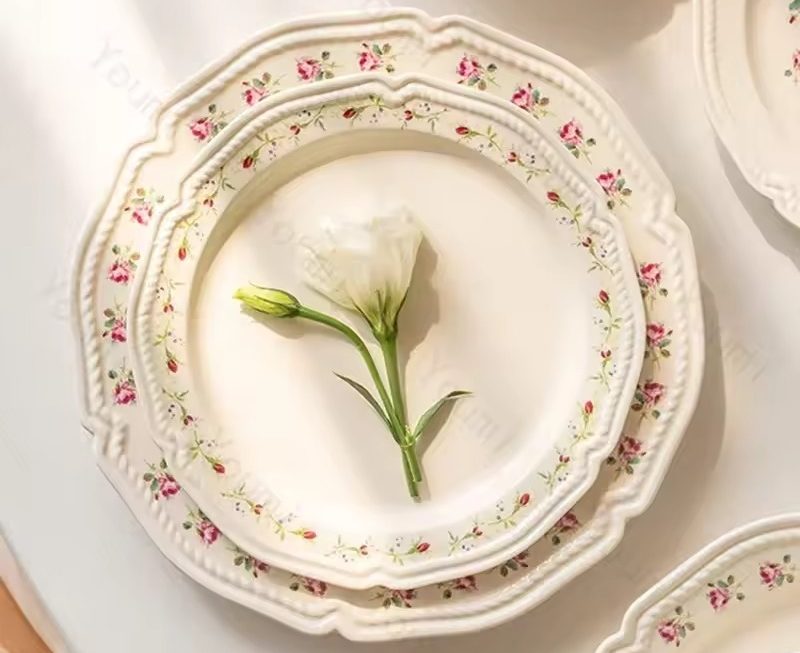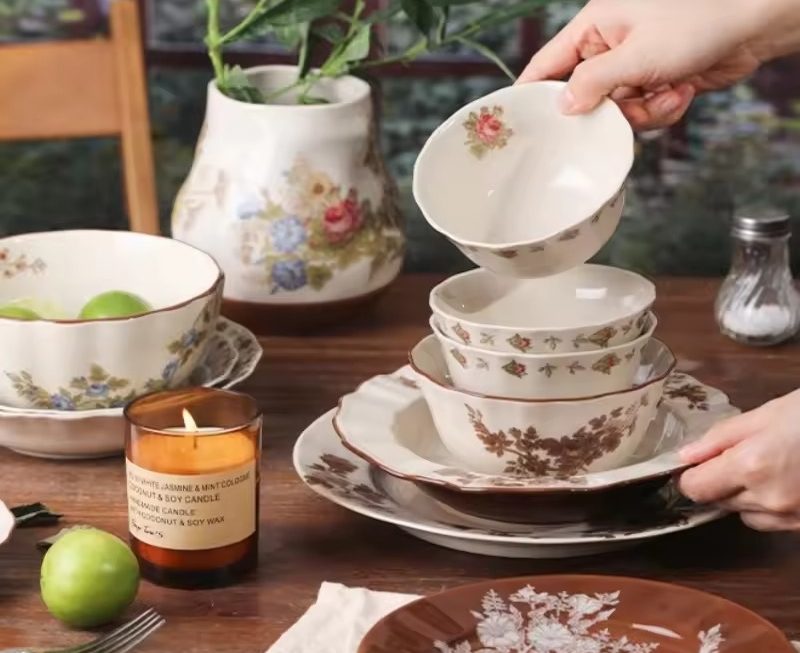How to get rid of kitchen sink smell
A smelly kitchen sink can be a nuisance and an embarrassment, especially if you enjoy cooking and entertaining guests. Persistent odors can indicate a buildup of food particles, grease, or bacteria in your drain and garbage disposal. Fortunately, there are several effective methods to eliminate these unpleasant smells and keep your kitchen smelling fresh. This comprehensive guide will take you through the steps to identify the source of the odor and the various techniques to eradicate it.
 Understanding the Causes of Sink Odor
Understanding the Causes of Sink Odor
Common Causes
Food Particle Buildup: Small bits of food can accumulate in the drain or garbage disposal, rotting over time and producing foul odors.
Grease and Oil: Grease and oil can coat the walls of your pipes and trap other debris, leading to a smelly buildup.
Bacteria and Mold: Moist environments like drains and garbage disposals can become breeding grounds for bacteria and mold, causing unpleasant smells.
P-Trap Issues: The P-trap is designed to hold water and prevent sewer gases from entering your home. If it’s dry or clogged, it may allow bad odors to escape.
Identifying the Source
Sniff Test: Smell the opening of your sink drain and the garbage disposal. This can help you pinpoint the source of the odor.
Visual Inspection: Look inside the drain and disposal (if safe) for visible buildup or blockages.
Materials and Tools Needed
Essential Cleaning Supplies
- Baking soda
- White vinegar
- Boiling water
- Lemon or orange peels
- Ice cubes
- Dish soap
- Bleach (optional)
- Scrub brush or old toothbrush
- Rubber gloves
Optional Tools
- Pipe brush
- Plunger
- Sink stopper
- Flashlight
 Step-by-Step Guide to Eliminate Sink Odor
Step-by-Step Guide to Eliminate Sink Odor
Method 1: Baking Soda and Vinegar
Step 1: Baking Soda Application
Pour Baking Soda: Pour 1/2 cup of baking soda directly down the sink drain.
Step 2: Add Vinegar
Add Vinegar: Pour 1 cup of white vinegar down the drain. The mixture will fizz and foam, penetrating buildup and killing bacteria.
Wait: Allow the mixture to sit for at least 15 minutes. This gives it time to work on the odor-causing residue.
Step 3: Flush with Boiling Water
Boil Water: Boil a kettle or pot of water.
Flush the Drain: Pour the boiling water down the drain to flush away the loosened debris and residue.
Method 2: Lemon or Orange Peels and Ice Cubes (For Garbage Disposal)
Step 1: Add Ice Cubes
Gather Ice: Place a handful of ice cubes in the garbage disposal. The ice helps to dislodge debris and sharpen the blades.
Step 2: Add Citrus Peels
Add Peels: Add small pieces of lemon or orange peels to the disposal. The citrus oils will help neutralize odors and provide a fresh scent.
 Step 3: Run Disposal
Step 3: Run Disposal
Run Water: Turn on cold water at a moderate flow.
Activate Disposal: Turn on the garbage disposal and let it run until the ice and peels are ground up and flushed through the system.
Method 3: Dish Soap and Boiling Water
Step 1: Add Dish Soap
Squirt Soap: Add a generous squirt of dish soap directly into the drain.
Step 2: Boil Water
Boil Water: Boil a large pot of water.
Step 3: Pour and Scrub
Pour Water: Slowly pour the boiling water down the drain to dissolve grease and soap residues.
Scrub: If necessary, use a scrub brush or old toothbrush to clean around the drain opening and remove any remaining debris.
Method 4: P-Trap Cleaning
How to get rid of kitchen sink smell
Step 1: Prepare Workspace
Clear Area: Remove any items stored under the sink to access the P-trap.
Place Bucket: Place a bucket or large bowl under the P-trap to catch any water or debris.
Step 2: Remove P-Trap
Loosen Nuts: Use your hands or a wrench to loosen the slip nuts on both ends of the P-trap. Carefully remove the trap.
Check for Blockages: Inspect the P-trap for any blockages or buildup of debris.
Step 3: Clean and Reassemble
Clean Trap: Use a pipe brush or an old toothbrush to scrub the inside of the P-trap.
Reassemble: Reattach the P-trap, ensuring the slip nuts are securely tightened to avoid leaks.
Test for Leaks: Run water to check for leaks and ensure the P-trap is properly reinstalled.
 Method 5: Bleach Solution
Method 5: Bleach Solution
Dilute Bleach: Mix 1 cup of bleach with 1 gallon of water to create a diluted bleach solution.
Pour Down Drain: Carefully pour the solution down the drain, ensuring not to splash.
Wait and Flush: Let the solution sit for 15 minutes, then flush the drain with boiling water. Note: Use this method sparingly, as frequent bleach use can damage pipes.
Preventive Maintenance Tips
Regular Cleaning
Weekly Flush: Flush the drain weekly with hot water to help dissolve grease and prevent buildup.
Monthly Deep Clean: Perform a deep clean with baking soda and vinegar or a commercial drain cleaner monthly.
Be Mindful of What Goes Down the Drain
Avoid Grease: Never pour grease or oil down the drain. Instead, dispose of them in a container and throw them in the trash.
Use Strainers: Install sink strainers to catch food particles and debris, preventing them from entering the drain.
Maintain the Garbage Disposal
Run Regularly: Run the disposal regularly to prevent buildup and keep the blades sharp.
Flush with Cold Water: Always use cold water when running the disposal to help solidify any grease, allowing it to be ground up and flushed away.
Troubleshooting Common Issues
How to get rid of kitchen sink smell
Persistent Odors
Check the P-Trap: Ensure the P-trap holds water and creates a proper seal to block sewer gases.
Inspect Vent Pipe: A blocked or poorly functioning vent pipe can cause odors. Consult a plumber if you suspect venting issues.
Slow Draining
Plunge the Sink: Use a plunger to clear any partial blockages in the drainpipe.
Use Drain Cleaner: Apply a commercial drain cleaner or a baking soda and vinegar mixture to dissolve clogs.
Recurring Mold or Bacteria
Disinfect Regularly: Use a disinfectant cleaner periodically to kill mold and bacteria in the drain.
Improve Ventilation: Ensure your kitchen is well-ventilated to reduce moisture buildup, which fosters mold growth.
Professional Help
When to Seek Help
Persistent Smells: If odors persist despite your efforts, it may be time to consult a professional plumber.
Drain Problems: Frequent clogs or slow draining can indicate a more serious issue, such as pipe damage or a major blockage.
Choosing a Professional Plumber
Read Reviews: Look for reviews and recommendations to find a reputable plumber.
Ask Questions: Inquire about their experience with similar issues and ask for an estimate before work begins.
Eco-Friendly Cleaning Alternatives
How to get rid of kitchen sink smell
Natural Cleaners
Vinegar and Baking Soda: These natural cleaners are effective and environmentally friendly, making them ideal for regular maintenance.
Citrus Peels: Citrus peels not only clean but also leave a pleasant, natural scent.
Commercial Eco-Friendly Products
Biodegradable Cleaners: Look for biodegradable and non-toxic drain cleaners that are safe for your plumbing and the environment.
Green Certifications: Choose products with green certifications to ensure they meet environmental standards.
 Conclusion
Conclusion
How to get rid of kitchen sink smell
Getting rid of kitchen sink smells requires understanding the underlying causes and applying the right cleaning techniques. By following this comprehensive guide, you can eliminate odors, maintain a fresh-smelling kitchen, and prevent future issues. Regular cleaning and preventive measures are key to keeping your sink and drains odor-free. Remember to troubleshoot persistent problems and seek professional help when necessary. With these tips and methods, you’ll enjoy a clean, pleasant kitchen environment once again. Happy cleaning!



